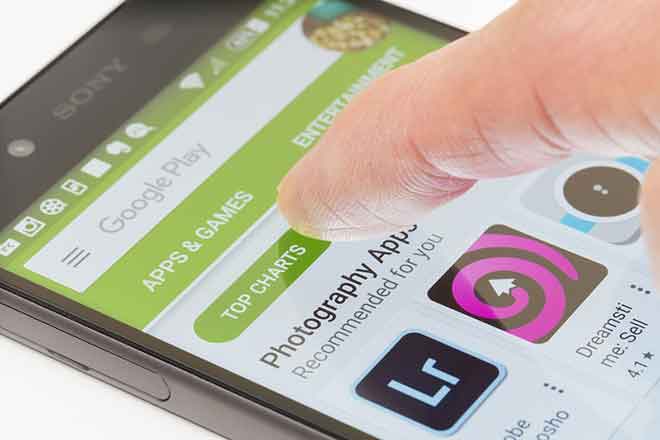9 solutions for when the Google Play Store doesn’t automatically update apps
To make things easier for us, Google has added the automatic app update feature to the Google Play Store. With it, apps should automatically update in the background. However, the feature has disappointed many Android users as the automatic update doesn’t seem to work well.
If you’re having the same problem, read our 9 solutions to fix Google Play Store not updating apps automatically. The automatic update feature is pretty cool if it works correctly. There is no need to repeatedly open the Play Store to check for updates.
1. Restart your phone
Before trying the following solutions, we highly recommend that you restart your phone or tablet. This should fix any temporary issues causing the issue with Play Store automatic updates.
2. Use the correct settings for automatic update
Here’s how to automatically update Android apps:
Step 1: launch Google Play Store on your phone or tablet. Tap the three-bar icon at the top. Select Settings.
Step 2: Tap Auto-update app. Select On any network or WiFi only. If you choose the former, the apps will be updated using mobile data when Wi-Fi is not available.
3. Check the conditions required for automatic update
The Google Play Store checks for app updates only once a day. It then puts the available updates in a queue. The apps will then be updated when the following conditions are met.
- The device must be connected to a working internet connection – mobile data or WiFi depending on the settings set in solution 2.
- The device must be idle and charging. That is, you shouldn’t do anything on your phone.
- Apps that need to be updated shouldn’t be running.
Only once the above conditions are met, is it ready to be updated automatically.
4. Disable battery optimization
In addition to the above requirements, there should be no constraints or restrictions on the battery used by the Play Store. For this, you will need to disable the feature Optimize battery usage.
Here are the steps:
Step 1: Open Settings on your phone and go to Apps and notifications or Apps.
Step 2: tap Google Play Store in All apps.
Step 3: tap Battery. You will see either the Optimize Battery or Optimize Battery Usage option. If “Optimizing battery usage” appears, tap it.
Step 4: tap the Unoptimized drop-down box at the top and select All.
Step 5: search Google Play Store. Turn on the switch next to it if available. Alternatively, tap on it and select Don’t optimize.
5. Disable the power saving mode
When Power Saver or Battery Saver mode is enabled, it restricts background activities on your phone, which may affect automatic updates on Play Store. You will need to disable it by going to Settings> Battery. While you’re at it, check if the power saving mode is programmed to activate automatically. Disable that too.
Suggestion: you should also disable any other battery optimization or adaptive battery modes in Settings> Battery.
6. Select available memory
Your phone should have enough free storage to automatically update apps. If your Android phone or tablet is running out of storage space, you should make free space. To check the available storage space, go to Settings> Storage.
7. Clear cache and data
You should also clear the cache and clear i data for Google Play Store and Google Play Services. Clearing your data will not delete any app or any data associated with it. Only the Play Store settings will be reset to their default values.
To do this, follow these steps:
Step 1: open Settings and go to Apps.
Step 2: Tap Google Play Store.
Step 3: Tap Storage followed by Clear cache. Then hit the Clear Data button.
Step 4: repeat the steps for Google Play Services. Restart your phone.
8. Uninstall the Play Store updates
It is not possible to completely uninstall Play Store from the phone. However, you can remove the updates.
For this, go to Settings> Apps> Play Store. Tap the three-dot icon at the top and select Uninstall updates. Wait a minute or two and the Play Store should automatically update in the background.
9. Reset the app preferences
Finally, try resetting the app preferences on your phone. In this way, personal data will not be deleted. It will only report settings like permissions, restrictions, etc. To default values. So if any setting prevented apps from updating automatically, it should be fixed. You will need to reset all settings.
To reset app preferences, go to Settings> System (or General Management)> Reset> Reset App Preferences (or Reset All Settings).
Conclusion
We expect the above solutions to solve your problem. But if the problem persists, you should take a look at your Google account. Have you recently changed your Google Account password or made any changes to your account? This could be responsible for automatic updates not working. If your device is having trouble signing in, the apps won’t update automatically. Remove the Google account from the phone and log in again.















